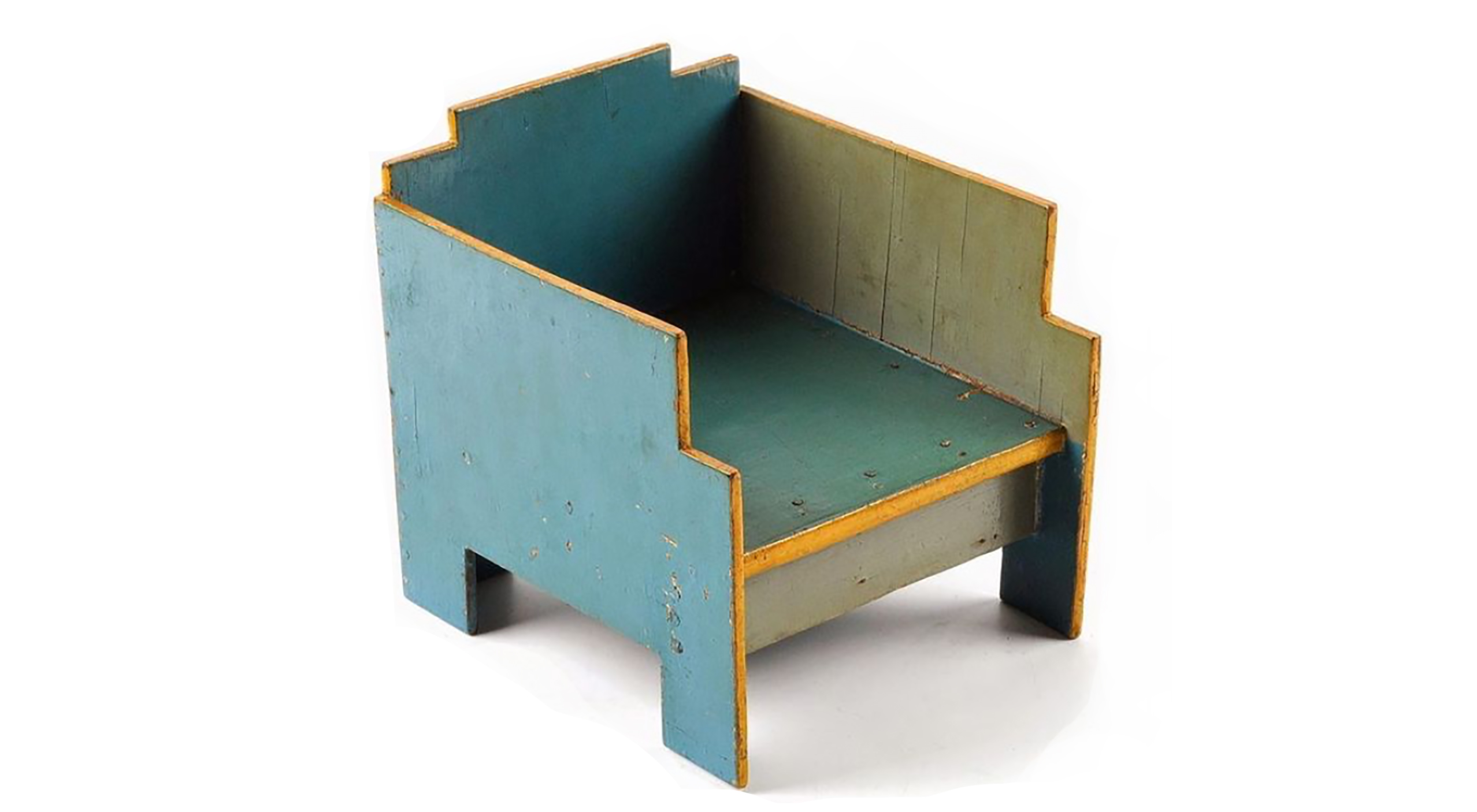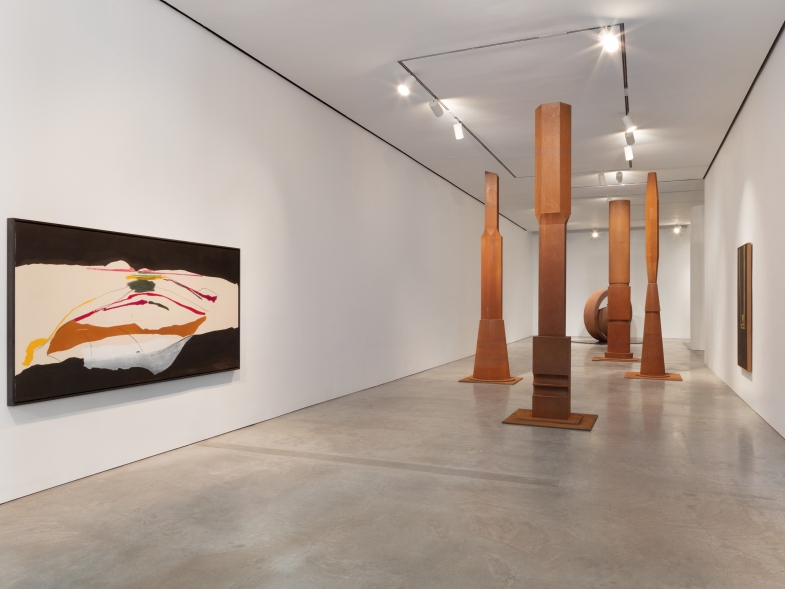| Gently bobbing among the waves of the Mediterranean, El Miraestels (The Stargazer) is a gigantic human figure staring up at the heavens even as he secretes a strange celestial object behind his back, the sparkling sun radiating from his white body, his legs spread in a V shape for balance atop a “weeble” that wobbles but never allows him to capsize. His creator, Robert Llimós, a painter and sculptor whose monumental works are spread around the world from Atlanta to Valencia, including sites in France, Germany, and Korea, here has fashioned something brand new—an independent floating sculpture that combines aesthetic simplicity and physical equilibrium. |  |
Valery Oisteanu
Gently bobbing among the waves of the Mediterranean, El Miraestels (The Stargazer) is a gigantic human figure staring up at the heavens even as he secretes a strange celestial object behind his back, the sparkling sun radiating from his white body, his legs spread in a V shape for balance atop a “weeble” that wobbles but never allows him to capsize.
His creator, Robert Llimós, a painter and sculptor whose monumental works are spread around the world from Atlanta to Valencia, including sites in France, Germany, and Korea, here has fashioned something brand new—an independent floating sculpture that combines aesthetic simplicity and physical equilibrium. It was produced as part of a small series of works that travels throughout the world, either anchored offshore or moving with the currents, its original intent to salute the late Joan Brossa, a conceptual poet/artist from Barcelona.
In his poem Roly-Poly, Brossa invoked a “tumbler doll that has a weight in its base and when altered from its vertical position, once again becomes erect. The people.” This notion of the unsinkable human spirit would inspire Llimós, who in 1998 was asked to participate in an exhibit memorializing Brossa, and in response contributed a miniature Stargazer modeled out of clay. When the exhibition ended, Llimós felt the need to pay a more permanent homage, so he began to sketch and to explore the possibilities of using different materials: bronze and plastic.
Thus, three small bronze sculptures were born: Walker, Slit Shoes, and The Stargazer. The later became an obsession and gave birth to a more ambitious project, the 11-foot-high figure of polyester resin and fiberglass that so captivates all who see it. The statue is infused in mystery: Is he attempting to hide a stolen treasure behind his back, or is he hoping to add another star to the firmament? Perhaps his only desire is to play with the elements that surround him, to balance on his hemisphere, continuously rocking and swaying proudly above the waves.
The sculpture is fully appreciated in the harbor of Sitges, a popular resort near Barcelona, where it floats near the Yacht Club. While thus anchored, the figure attracts droves of pedal-boats and kayaks, with passengers jumping off and climbing the work, embracing it and posing for photographs in an explosion of exhilaration. Beyond its aesthetic effect, The Stargazer has functioned as a buoy separating waters for boating and swimming, or as an access indicator for vessels entering the harbor. It is perhaps the first such floating artwork in history. Above all, it’s a sequence in Robert Llimós’ ongoing vision of a floating world populated with oval-shaped balloons and eggs.
In his earlier work, Llimós used colored lines of light and long serpentine shapes, later painting oval grapes for a wine label. Antigravity is a recurring theme in works such as the huge Metamorphosis (2003-06), the upper section of which is infused with floating spermatazoidal shapes representing bursts of energy and forces of survival.
Ultimately these floating figures have to find a balance and a support for their continuous existence. Such are the rules of Llimós’ sculptures—to always remain standing, unsinkable in the face of hardship. He is branded by Maria Llouisa Boras as an alchemist of a world “where poetry merges with pure creation, love, humor, and tenderness.” The poet Mario Lucarda considers his figurations an organic element of his introspection into the human condition and violence. Frances Torrent emphasizes the globules, seeds, ovules, and sperm as compositions “of tiny bubbles that begin to bloom, a dance of elemental morphic particles.”
After studying his work for years, I have come to the conclusion that Robert Llimós is floating on the clouds. Just as Brancusi started with a splintered cube called Kiss and ended with an oval-shaped muse lying on its side, Llimós stepped out of the two-dimensional world of painting (his own series of Kisses) and landed in the third dimension.
Llimós has fantasies of drifting his sculpture from the coast of Spain to the coast of the United States. Meanwhile, the famous New York-Barcelona 2010 project, the transoceanic record yacht competition scheduled for February 2010, will feature one Stargazer in the New York harbor at the start of the race (at the New York Yacht Club), and another at the end of the race in Barcelona.
Ultimately, The Stargazer changes the seascape of sculpture, creating a new aesthetic of water, and for the water itself, neologisms that critics are unfamiliar with, a liquid terrain of artistic experimentation marked by high and low technology, functionality and hydrodynamics.
























